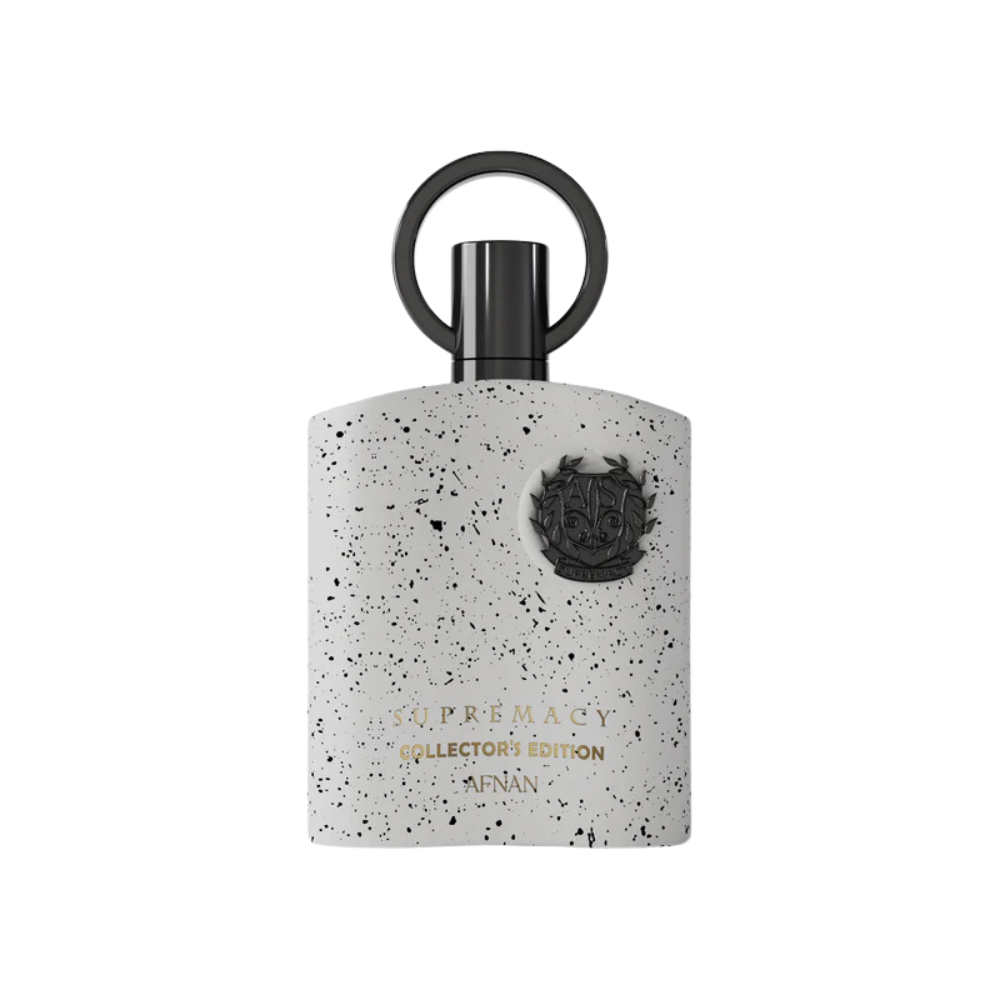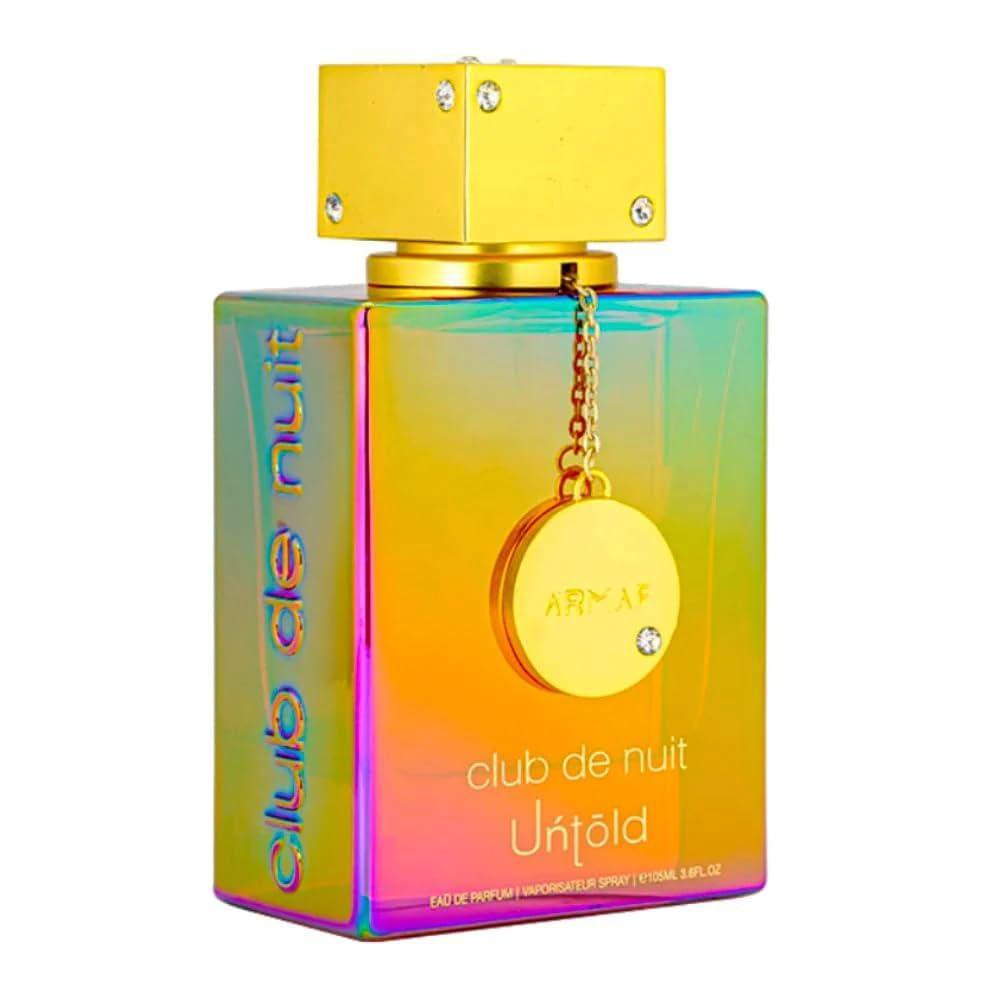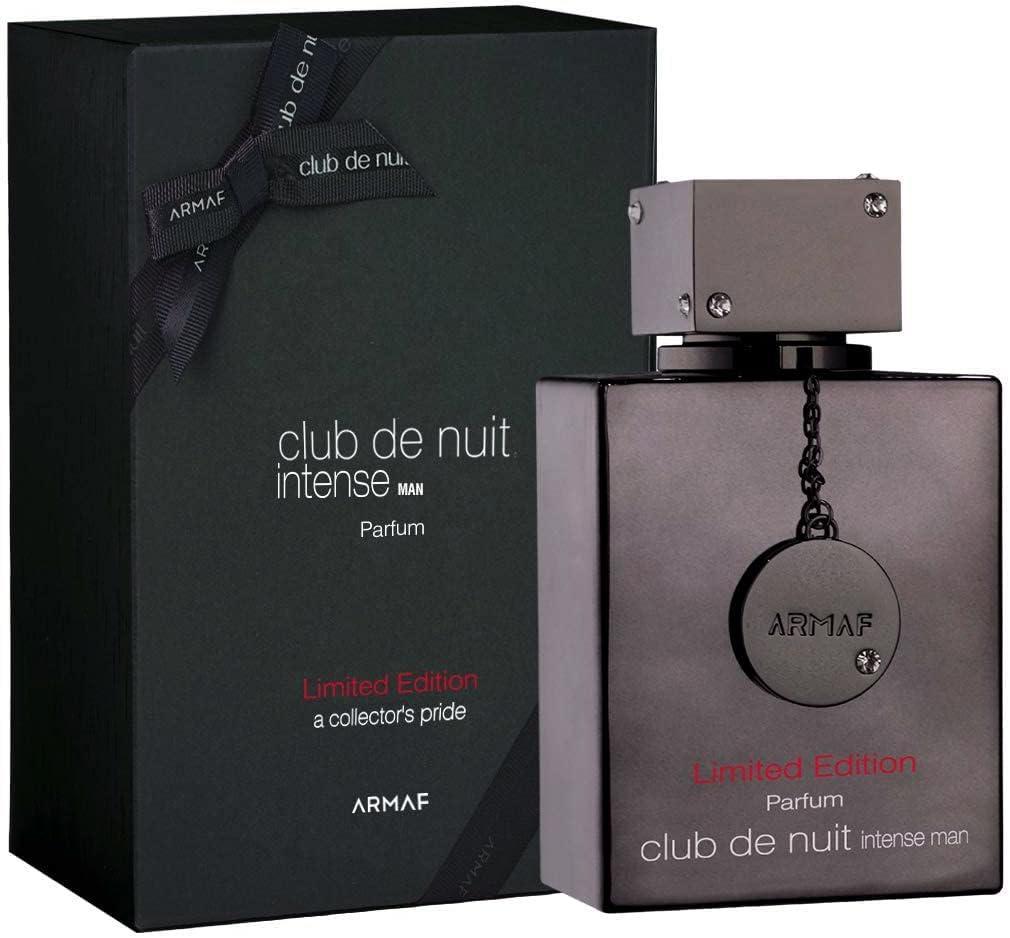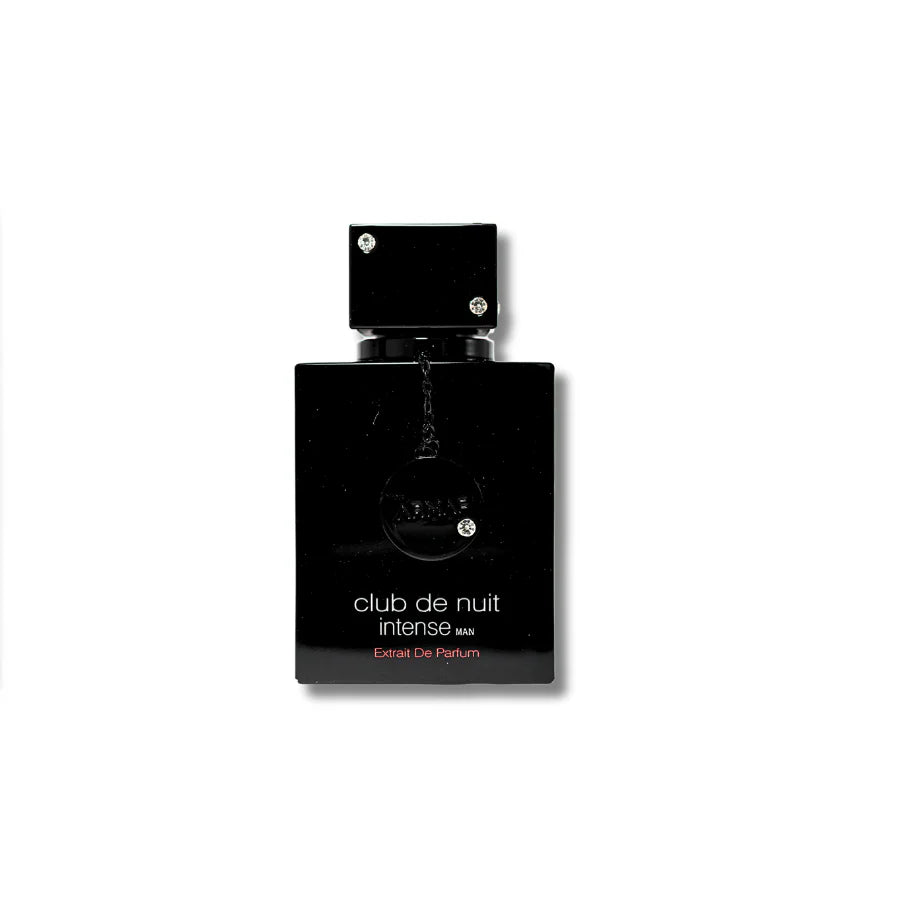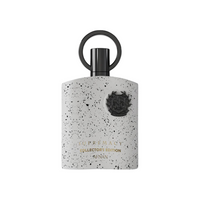Ever wondered how your favorite perfume gets that beautiful balance of sweetness, spice, and depth? It is all in the art of blending. Perfume making is not just science. It is pure creativity. The magic happens when perfumers combine different types of scents to create something that smells just right.
At Fragrant Villa, you will find fragrances that feel like they were made for you. And behind each of them is the delicate craft of mixing the right notes in perfect harmony.
So, how does this all work? Let us break it down for you in the simplest way possible.
Understanding the Building Blocks
Before we talk about blending, you need to understand the basics. Every perfume is made of layers of scents, also known as notes. These notes belong to different types of fragrance scents, each with its own personality.
There are three main layers:
-
Top Notes: These are the first scents you notice when you spray a perfume. They are fresh, light, and quick to fade. Think of citrus, herbs, or light florals.
-
Middle Notes (Heart Notes): Once the top notes fade, the middle notes take over. They are usually floral, fruity, or spicy. This is what gives a perfume its character.
-
Base Notes: These are the deep, long-lasting scents that stay on your skin for hours. Woods, musks, amber, and vanilla often make up this layer.
Together, these layers form a fragrance pyramid. A good blend keeps all three in balance so the scent unfolds beautifully from start to finish.
The Different Types of Scents Used in Perfumes
Now that we understand the layers, let us explore the different types of scents that go into perfume making.
1. Floral Scents
These are the most common and loved perfume scents. They include rose, jasmine, lily, violet, and more. Floral scents are often used in top and middle notes. They give the perfume a soft, romantic, and feminine feel.
2. Fruity Scents
These include berries, apple, peach, mango, and citrus fruits like orange and lemon. Fruity scents are often juicy, bright, and playful. They are usually found in the top or heart notes.
3. Woody Scents
Think sandalwood, cedarwood, and patchouli. Woody scents are used in the base layer and bring depth and warmth to a fragrance. They are often more masculine but are also found in unisex perfumes.
4. Oriental Scents
These are rich, spicy, and luxurious. Scents like cinnamon, clove, nutmeg, and amber fall into this category. They are mostly found in middle and base notes as they are warm and sensual.
5. Fresh Scents
Fresh scents include clean smells like ocean breeze, rain, green leaves, and even cucumber. They are often light and used in top notes. These are perfect for daytime perfumes.
6. Gourmand Scents
These are scents that smell edible or sweet. Think of vanilla, chocolate, caramel, and coffee. They are warm and comforting, used in heart or base notes.
Perfumers play with these different types of scents to build a unique story with each fragrance.
Blending: Where Art Meets Chemistry
Creating a perfume is like composing music. You need to know which notes go together and in what order. Perfumers blend different types of perfume scents to make sure they complement each other.
Let us look at a simple example. Imagine you are creating a warm, cozy perfume.
-
Top Note: Orange zest (fresh and citrusy)
-
Middle Note: Jasmine (soft and floral)
-
Base Note: Vanilla and sandalwood (sweet and woody)
This mix gives you a scent that is bright when you first spray it, softens into a floral heart, and finally settles into a warm, comforting base.
But blending is not always easy. Some ingredients can clash. Others might overpower the blend. That is why perfumers test different combinations, tweak the ratios, and wait to see how the fragrance changes over time. A scent can smell very different after a few hours than it did at first.
The Role of Ratios and Balance
It is not just about which scents you combine. The amount of each also matters. For example, too much base note might make the perfume feel heavy. Too much citrus might make it disappear too fast.
Usually, a perfume blend might include:
-
30 percent top notes
-
50 percent middle notes
-
20 percent base notes
But this is just a guideline. Some perfumes reverse the ratio depending on what feeling the creator wants to achieve. A summer fragrance might use more top and heart notes, while a winter scent could be heavier on the base.
Layering Scents: A Personal Blend
You do not have to be a perfumer to enjoy the art of blending. One fun way to explore it is through scent layering. This is when you apply more than one perfume at the same time to create your own custom blend.
For example:
-
Mix a floral perfume with a citrus one for a bright, feminine vibe.
-
Combine a woody scent with vanilla for something deep and cozy.
-
Layer a fruity perfume with something musky for a sweet yet sultry finish.
The key is to test the combination on your skin and see how it develops. Not all scents work well together, but some can surprise you.
Some perfume lovers also use matching body lotions or oils to deepen a scent and make it last longer.
Why Blending Matters
Blending is what separates a basic perfume from a beautiful one. It creates complexity, richness, and depth. When the types of fragrance scents are balanced well, the perfume tells a story. You get a journey that starts fresh, moves into softness, and settles into warmth.
It is also what gives a perfume its signature. Two perfumes can use the same ingredients but smell completely different because of how they are blended.
Perfumers spend years learning how different scents behave and react with each other. It is a skill that takes practice, patience, and a sharp nose.
Trends in Modern Blending
Modern perfume makers are experimenting more than ever. You will see more unisex perfumes that mix traditionally masculine and feminine notes. You will also find more bold blends like smoky rose, spicy citrus, or creamy woods.
Niche perfume brands often push the limits by using rare ingredients and unexpected pairings. These blends are not for everyone, but they often smell unique and artistic.
On the other hand, many people are going back to classic blends. They prefer perfumes that feel timeless. Clean florals, warm ambers, and soft musks are always in style.
Choosing the Right Blend for You
When choosing a perfume, it helps to know what types of scents you like. Are you drawn to fresh and light? Or do you prefer something deep and sweet?
Test the perfume on your skin. Let it sit for a while to see how it evolves. A good blend will feel like it belongs on you.
Also, consider the season. Light blends with citrus or green notes work well in warmer months. Heavier blends with wood, amber, or spice are better for cooler weather.
And finally, trust your nose. What smells amazing to someone else might not work for you. Perfume is personal. The best one is the one that makes you feel good.
Final Thoughts
Making perfume is more than just mixing nice smells. It is about blending different types of scents in a way that feels just right. A light note brings freshness, a deep note adds warmth, and together, they create a scent that tells a story.
When you understand how each scent works, choosing or layering perfumes becomes more fun. It helps you enjoy what goes into making something that smells special and stays with you.
At Fragrant Villa, you will find a world of fragrances crafted with care and creativity. From classic blends to modern twists, each perfume tells a story of its own. Take your time, explore the scents, and find the one that speaks to you.







